We sit down with Bitwig for a roundtable discussion to mark ten years of their remarkable DAW
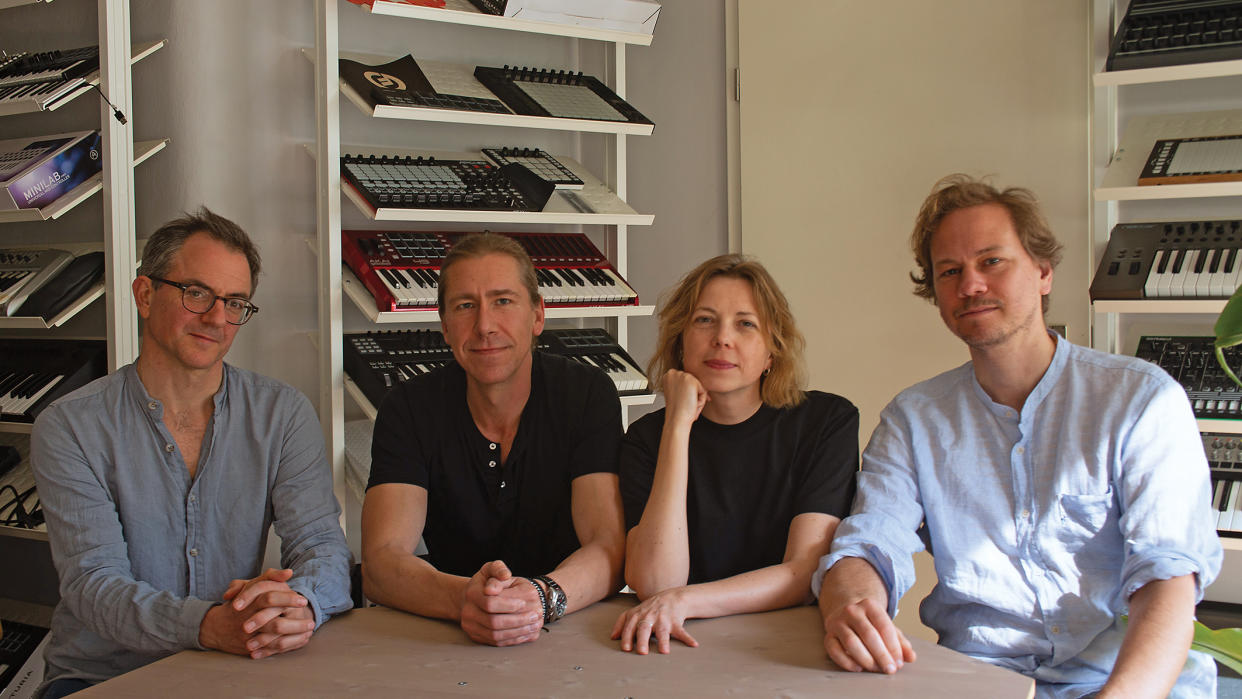
In 2014, a DAW landed that not only rattled the industry’s big players, but brought a workflow that encouraged experimentation.
To celebrate ten years of Bitwig Studio, we brought its key figures around a table to reflect on a journey that’s still – they promise – just starting…
Thank you everyone for joining us today. In 2024, Bitwig Studio marks its first decade. Can you take us back even further, to 2009, and the formation of the company. What motivated you to start it?
Claes Johanson: “We were a group of musicians, and we had a lot of ideas about how you should be able to make music with software. There seemed quite a division between the tools available back then. Some DAWs were more open than others. I personally got very interested in the idea of intertwining the sequencer and the tone generator, making them talk more to each other.
“That came quite early for us. We had a lot of ideas at that time, we started working on ‘the product’ which, of course, became Bitwig Studio. Placidus [Bitwig’s director] joined us very early, after just one year.”
Placidus Schelbert: “My role was more on the commercial side initially, but then I grew into the role of leading the company in terms of strategy, growth and company building, whereas Claes, Dom and Mea are strongly focused on the product. Aside from Claes, two other founders of the company still work at Bitwig: Nicholas Allen and Volker Schumacher. They’re all software developers at heart, so that makes us different from other companies.”
Claes: “Yes, we’re led by developers, with Placidus as Mr Business!”
Placidus: “The team and the collaboration at Bitwig was and is extraordinary. Everyone listens really well, and there’s input from people who just joined the company – and there’s also input from different divisions inside the company and a lot of cross-talk. We’re now at 30 people, and it still feels very lean.
“We can move quickly with development and push forward with features. It takes constant effort to maintain this kind of structure and flexibility and the fast pace it enables us to achieve.”
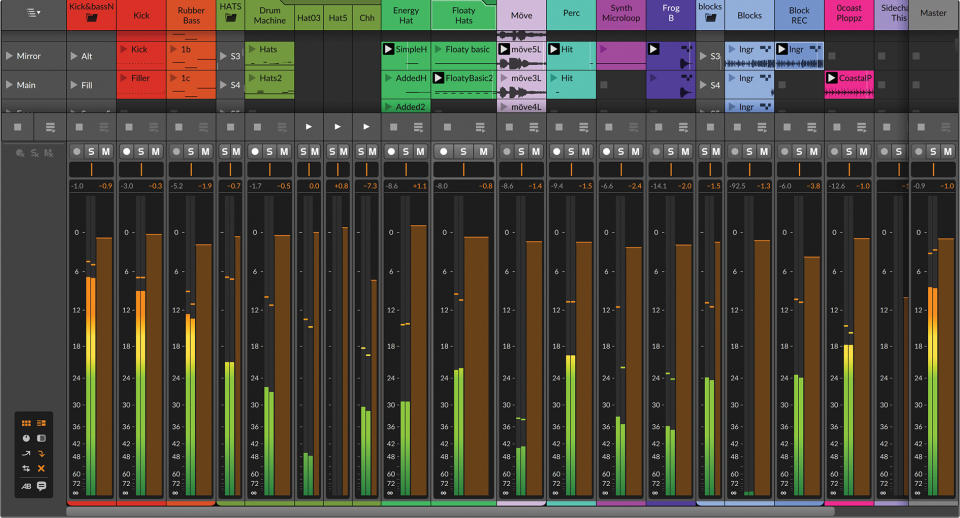
There’ve been quite a few major evolutions of Bitwig Studio over the decade, but what do you consider to be the biggest milestones in terms of additions and upgrades over the years that have helped shape Bitwig Studio into the beast that it now is?
Mea Liedl: “I think for all of us, a huge milestone was in 2014 when we launched version 1. Dom and I were part of the team at that point. We remember that time clearly.”
Dom Wilms : “There had already been so much work going into it for years before, we’d been showing it around at trade shows and those kinds of things. The first release was a major milestone – it was incredible seeing it come to life and people experiencing it for the first time. The second major milestone I guess was the modulation system that was rolled out with version 2 in 2017. This already was showing the direction of travel that Claes mentioned.
“The main motivation to make Bitwig Studio was that it can be a sequencer you can play. Other DAWs started out a little more like tape machines, with third party plugins bolted on. Our modulation system showed everyone how we thought it should work. Next came The Grid, another major milestone. The whole of the software is modular at its core, but this was the first time we opened that up to the people.”
READ MORE
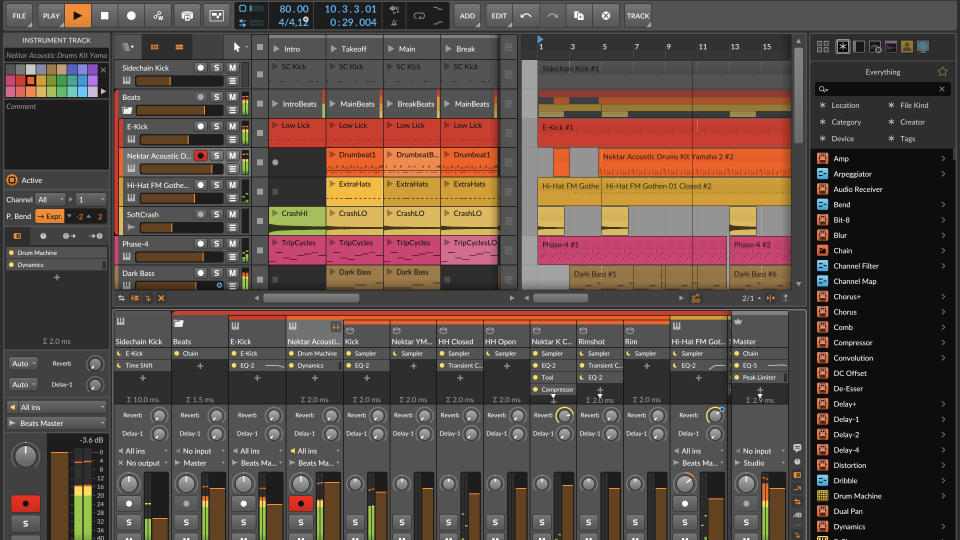
Claes: “I think we used modularity in an interesting way to also make things not just more capable but also simpler. You can shave off a lot of stuff that you don’t necessarily need. We pursued the path of modularity in full force with version 2. I think that was the key point where we distinguished ourselves as a different product to the other DAWs out there. We went down our own path.”
Dom: “Beyond the Bitwig Studio updates, there are other major milestones for the company. We’ve been pushing forward with quite a few other projects like DAWproject – a collaboration between us and PreSonus to build a universal project container.”
Claes: “The DAWproject idea is that you can transfer full projects between DAWs. Alongside that, there’s CLAP [u-he and Bitwig’s new open standard for plugins]
We believe that our industry is too small to have closed ecosystems because really, it’s all about working together
Placidus: “Overall, this just shows that we have a different approach as a company. We know some companies in our industry are very much under the loom of the Apple approach – creating closed ecosystems. We believe that our industry is too small to have closed ecosystems because really, it’s all about working together. Over time we’ve connected with other like-minded companies in the industry.
“We regularly exchange ideas with u-he, Arturia and Native Instruments, for example. We’re also in touch with what you might call ‘competitors,’ such as the Studio One team at PreSonus, the FL Studio team, Ableton and Avid. We’re trying to reach out and create these standards so everyone can benefit from them.”
The 5.2 update has recently landed, bringing with it Compressor+, a trio of hardware-inspired EQs, Over – the new clipper device – and a gamut of workflow improvements. Can you talk our readers through 5.2 and how they improve on the Bitwig experience?
Dom: “5.2 brings a bucket of new things, a nice mixture of additions. There are the new devices as you mentioned. We now have the Pultec EQs, it’s actually the first time we’ve focused on component modelling. Those are really sounding nice.”
Claes: “I think we did an interesting spin on [the component modelling]. There’s two parts of that sound, one is like this passive circuit that the EQ has, but also the amplifier. We give you options like the transistor mode and overall it creates a bit of a new flavour to that sound.”
Dom: “Aside from the devices, we rounded things off with a few workflow improvements, just because refining that is also very important. There’s more precise editing so you can use the cursor keys and other key combinations to jump from transient to transient – making your life easier when audio editing, and making sure everything syncs. We’ve also added a plugin ‘undo’ feature.”
Claes: “We’ve also re-written the whole graphics engine to use the GPU which gives way more processing power for your audio. That’s especially important now that you have these 4k and bigger monitors.”
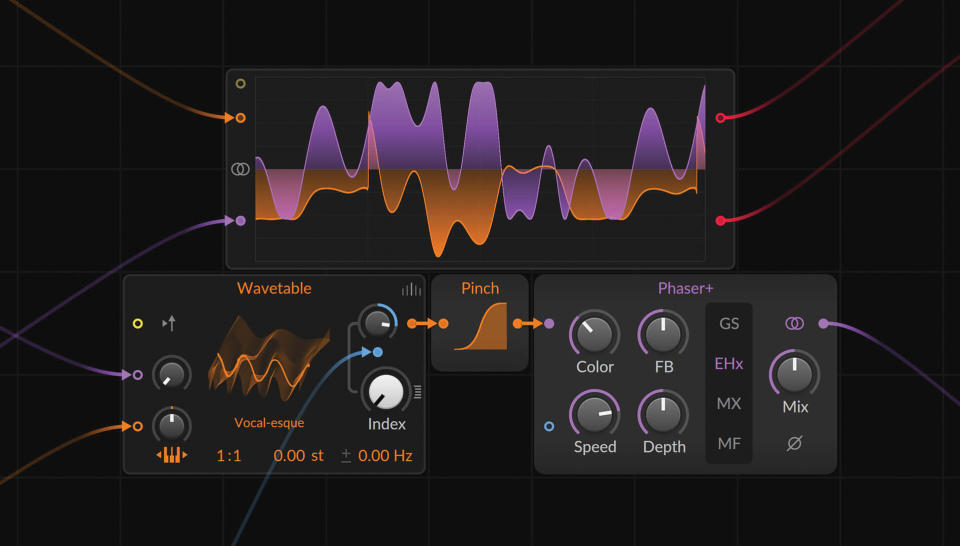
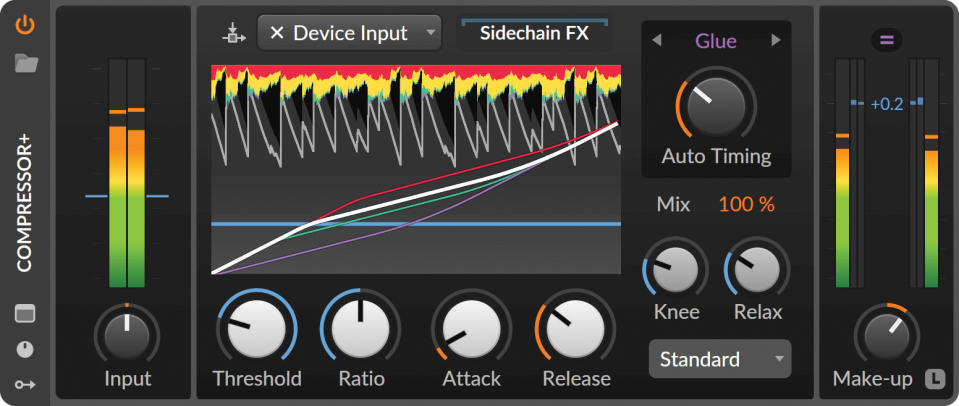
Turning back to version 5 more generally, a big aspect that we highly praised in our review last year was the added modulation flexibility (the MSEGs – Multi-Stage Envelope Generators), and the increasing sense that Bitwig Studio has become more of a deeper creative sonic-shaping tool than just another DAW. Would you agree, and what would you ‘call’ Bitwig Studio in 2024?
Placidus: “We feel very blessed and lucky that we have such a strong niche from which we are also branching out from now. It’s very important for a product that comes from the world of tape recorders if you will, to have something that makes it unique.
“Back in version 2 we added our award-winning modulation system, as well as CV and gate, which allow you to easily connect Bitwig Studio with your external hardware. It gave us a lot of edge in the modular hardware and synth community. It’s very important for a product like ours to have a community, and it eventually gives you the freedom to grow that further out. 5.2 is a very good example of a release that will lead us to other communities.
“We do often talk to a lot of engineers and producers who use several DAWs. Some of them tell us, for example, that they write music in one DAW, and then move on to another DAW to do all of their mixing and mastering. We acknowledge that also, and that’s a reason why DAWproject was a passion for us. It’s a really huge help to move from one DAW to another.
“It doesn’t of course do the job absolutely 100%, you will likely still need to bounce a part of your work before you can then move to the next stage of production, but we also know that there’s so many artists and producers that take their projects with this format and they will think ‘OK, I’m in a different mode now. I won’t touch anything in the mix anymore and just want to make the finishing touches to what I’ve begun.’”
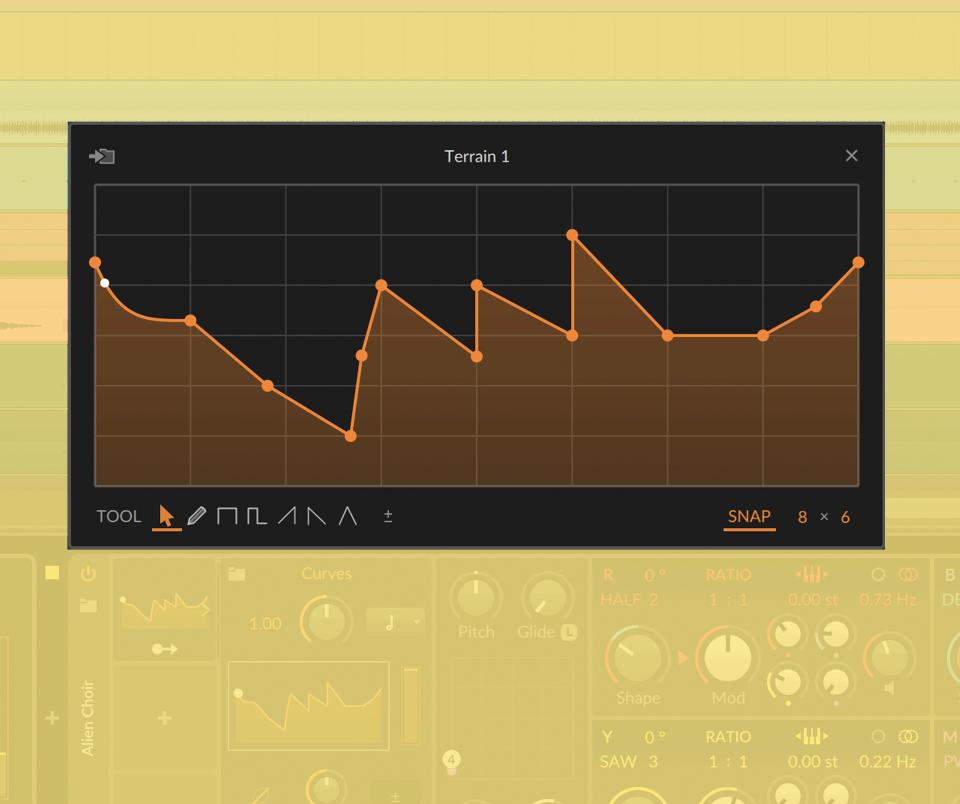
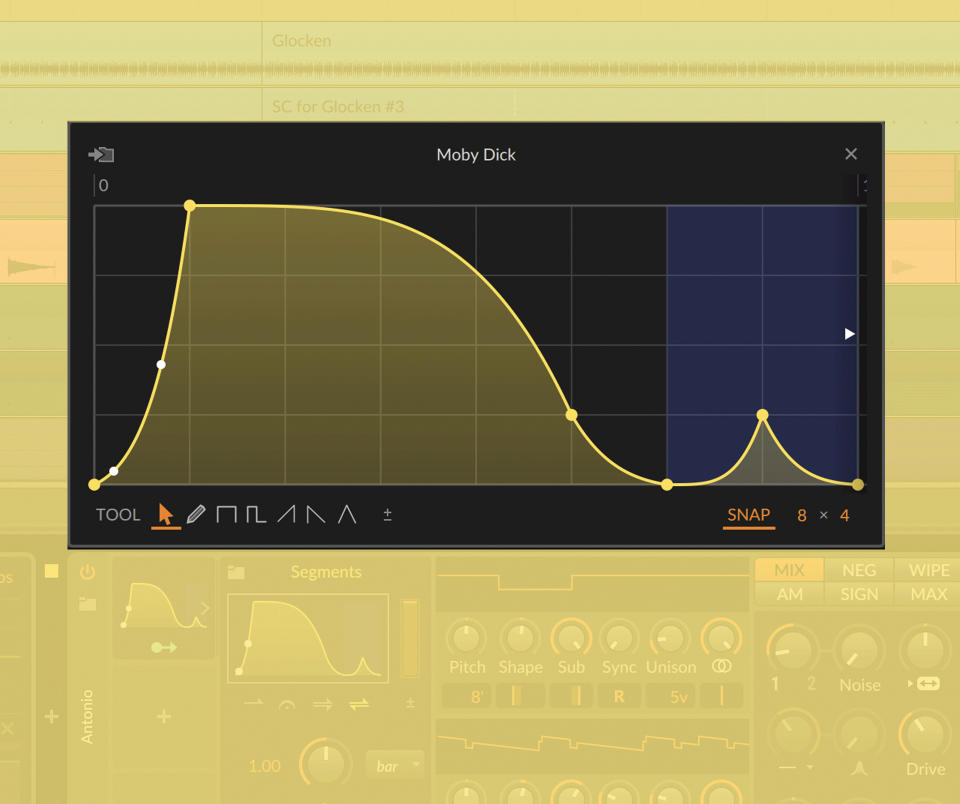
Performing live with Bitwig Studio is another dimension which the more recent updates have maximised. Are the aspects you choose to prioritise stimulated by feedback?
Mea: “We listen very closely to our customer base, Dom is in very close contact with them in the technical support realm and I am of course in close contact with the artists who give us feedback. For us it’s a combination of things that we envision, because all of us are also all musicians in our own life, too. It’s also about the tools that we’d like to use, combined with that community feedback.”
Claes: “I think a key part would be understanding just what a user wants to achieve. We’re not talking about feature lists specifically, but answering questions like ‘where are they stumbling?’ and ‘where are they getting stuck?’”
Dom: “People were asking for the MSEGs for years. Instead of just doing it like they expected, we really thought hard about it and exceeded that expectation by creating something more usable which we then implemented. I think that’s really important that we just don’t tick off a feature list – or look at what other DAWs are doing and emulate that. It has to fit our product.
We think about newcomers and the onboarding stage quite a lot as well. Bitwig is not harder to onboard than any other DAW and we want to make the experience as good as we can
“It has to feel like it still is Bitwig Studio, it has to invite you to be creative. That really works well and people give input all the time. We get all our ideas from all kinds of different angles and we can incorporate them into our vision.”
Placidus: “It can get hard to judge – we’re always looking at it. Sometimes it’s good to sit with beginner friends of ours, so when someone opens an app for the first time, we look at their experience. I remember watching one guy clicking away all the error messages because Bitwig was scanning the plugins. He also clicked away the message to install the content, and I was like ‘No!’. So, you always have to think about people accessing the software for the first time.
“We think about newcomers and the onboarding stage quite a lot as well. Bitwig is not harder to onboard than any other DAW and we want to make the experience as good as we can. With 8-Track, our Lite Version of Bitwig Studio, and the tutorials that we offer, I think there’s lots of ways in. With big products like ours, the big challenge is to get people hooked when they open the app for the first time.”
A notable event was your collaboration with Microsoft to integrate Bitwig Studio with the Surface Pro back in 2015 – can you talk us through what prompted that early collaboration and why touch screen interfacing is a natural fit for Bitwig?
Placidus: “At the time, Microsoft had an initiative to focus on the creative space. People who use Adobe and those kinds of creative suites were involved, but also the music side was important. They stumbled across us at our release stage and reached out to us. Claes and I visited them in January of 2015, and we were the first company (after the Adobe CEO) to visit the prototyping factory at their headquarters in Richmond, VA that they had built for their designers.
“That’s where they develop their Surface products. We felt very honoured about that, and that they chose to work with us. We had a great collaboration on the creator’s side, where they used Bitwig technology internally for a project with one of the teams at Microsoft. We loved the Surface products, Surface Pros were and are an awesome device. The multitouch API for apps on Linux and Windows existed, so we had the opportunity to join them in New York at the keynote, which we then did. Getting that job done so quickly, so soon after launch definitely showed our agility as a company.”
We’re somewhat surprised there’s no iOS or Android version of Bitwig Studio at this stage. Is that something you’ve discussed internally?
Placidus: “Yes, and we’d love to support those platforms. However, it always boils down to what our company focus is. Until now, we’ve always decided against it, because it opens up almost a new division inside the company. We also know a lot of companies who were once very excited about it but then started pulling out. We see many music creators make apps that have not developed over time.
“I think doing it for marketing purposes probably doesn’t work because you don’t really earn your money back – but we will continue considering how we approach mobile. That being said, we don’t have plans to create an app at this current stage.”
READ MORE
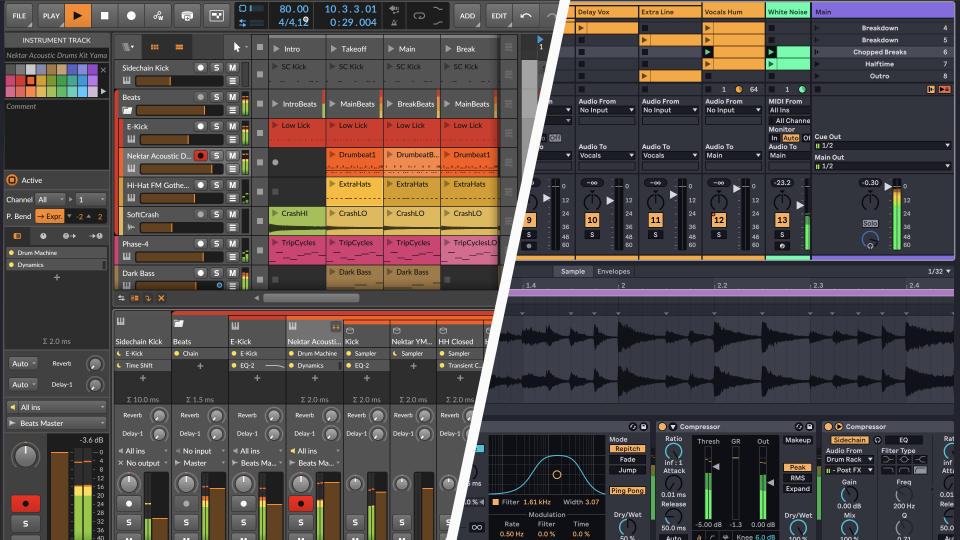
Ableton Live vs Bitwig Studio: which is the best DAW for you?
Claes: “The big question is how much complexity can you fit on those smaller screens – on a computer you’re used to being able to do multiple things at once, and go a bit deeper.”
Placidus: “That brings us back to Windows and touch support. That added to our excitement because we knew that we weren’t going on iOS, but having such a beautiful computer that has a touch interface, but has normal PC hardware architecture that we already support. In that sense, it was a real no-brainer to take that risk, because the iOS risk might kill us – because it’s a huge endeavour and side-tracks the company, whereas supporting the touch API of Windows and Linux is a much smaller task.
“We really love keyboard and mouse too – now iOS offers a lot of accessories for the iPad. The precision editing feature that we introduced in v5.2 was roundly focused on making keyboard interaction much faster for editing.”
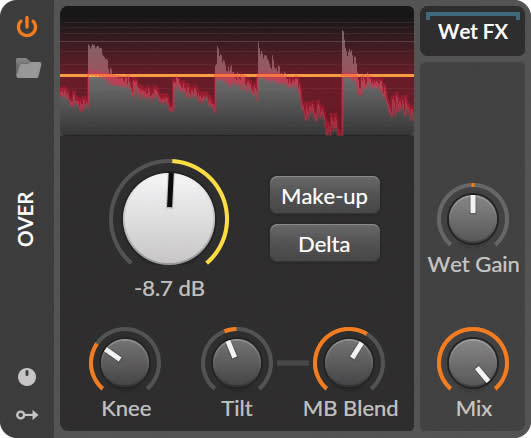

Bitwig and MPE are very comfortable bedfellows, particularly when you consider that the modulators are able to be set per voice. You’ve been involved with MPE from the very beginning haven’t you?
Claes: “Well, we were part of the group that created the specification in the first place. When we started out, we had the ability to do note expression per-note as automation. We already were at that stage, but we were missing a way of controlling that via the keyboard or controller. We were meeting people like Roger Linn who did his Linnstrument. They were interested in collaborating on this and getting a standard together that formalised how you play it into a sequencer and record these gestures.
“We were part of that original group and we came up with the MPE standard. It fitted perfectly into Bitwig Studio because we had the ability in-built from the start. MPE was just an extension of MIDI 1.0 so it’ll open up even further with MIDI 2.0. It’s the same with our plugin format CLAP. It’s very open to per-note expression.”
How about a VR version of Bitwig Studio, has that ever been mooted?
Placidus: “Well, we have the open controller API, which has been there from version 1 or very early on. It’s public and you get access to that even with the demo version of Bitwig Studio. You can write integrations for external hardware and software. It’s a Java-based API, we provide the API for integration of hardware and software, so developers are open to work on that – but we don’t have anything internal on that front going on.”
Mea: “For other companies who have ventured into the VR world, it has felt like an expansion of what they had already been doing (like Pioneer, for example). I think a lot of these VR music production platforms are quite entertaining, it can be useful for musical performances as well. We might start thinking about that realm.”
READ MORE

Korg releases Gadget VR, a virtual reality music studio for Meta Quest headsets
Dom: “I think it’s an important space to watch, but sometimes a mouse and a keyboard is the fastest way to do something and get the job done. Touchscreen for example is cool for playing clips, especially when you factor in multi-touch. If you think about VR things, they look flashy, super cool and futuristic. But when it comes down to music creation, it’s always the haptic feedback that’s vital.
“Playing a guitar, playing a keyboard and it reacting to the expression in your fingers. You have to evaluate whether VR can merge that into its world. We’re always open to things as soon as they evolve. So far, I don’t see the big advantage for going VR with where we’re at in the current time.”
Bitwig Studio very much seems to relish in user control. With its deep hands-on tools it provides almost a riposte to the increasing slide towards algorithmic and AI-led production. But then the Operators add that element of generative/chance-based composition, landing you somewhere interesting in the context of that ongoing discussion about AI.
Are you worried about increasing prominence of AI? And indeed, further to that, is AI something you’re thinking about incorporating more in the future?
Claes: “We’re already using machine learning for some things – scanning beats, tempo and certain detection-based objectives. I don’t think that’s a problem. I think it’s the more generative part that needs to have a creative aspect to it. I think for me personally, it would need to have user controls so you’re really in the driver’s seat. I think that’s really important, not just doing something where you write a prompt and the software creates a song for you – someone else will make that product, but not us.”
The implications of AI outside of music tech is massive
Placidus: “Having a companion while you’re creating music in your DAW could be very interesting at different points of the creative process. Giving you access to help or certain generated or suggested ideas. Of course, that’s something that we’ve explored. It could be quite interesting: having prompts and not starting from scratch.”
Claes: “Or maybe rather than giving you one idea, it gives you several, with numerous further parameters you can tweak. It might put you into a more interesting space.”
Placidus: “But we don’t want to give all our ideas away!”
Mea: “I think regarding the worried question, we do observe that people are worried about losing their jobs and how it might threaten their work perspective. That’s definitely something that we take seriously and frequently discuss internally. The implications of AI outside of music tech are massive.”
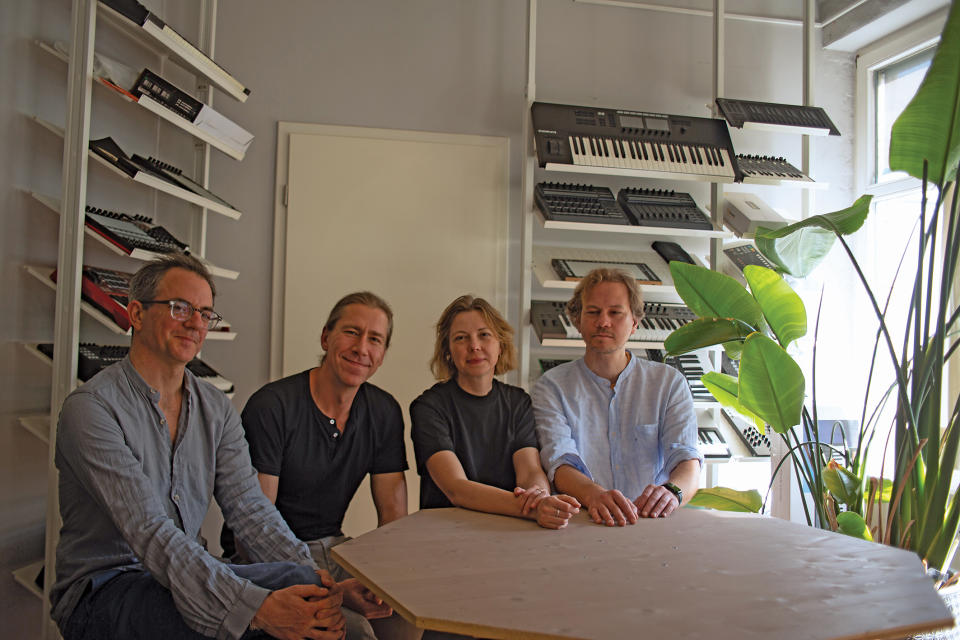
On a broader level – what would you suggest are some of the things that Bitwig Studio can do that other DAWs just can’t do at this point in time?
Dom: “I think the biggest [overall selling] point that we have in our favour compared to other products, is not single functions – it is super-modern, under-the-hood – but the whole Bitwig philosophy. That’s really our strong point. It all fits together so well. The modulators with the workflow.
“You don’t have boundaries within tracks – you have project modulators, it is super-flexible. That is the main benefit over other DAWs. It’s a tool to create music with, as opposed to recording music you’ve already created. New features should in turn make other features better, so the overall thing becomes really powerful.”
Are there any wider features, like video support for example, that you’d like to add to future versions?
Dom: “Oh yes, video support is a strong point for future versions to consider. It’s not straying away from music. So many people make music and score to picture. This is definitely something we will look at, at some point. I think at the heart, it should remain a creative music tool. I don’t see us going off-road from that. There’s lots of people doing music for film, games and TV.”
Mea: “A lot of our customers create sounds for games. Sound designers rely on Bitwig, so adding video support would be a powerful benefit.”
Picking apart Studio’s ever-growing stock toolkit, what would you say are your favourite devices and instrument?
Mea: “For me personally, I love Polymer – our hybrid modular synth. But it’s not just Polymer itself, it’s how you can integrate our effects with Polymer, layer it with container devices. I love Polymer a lot.”
Claes: “I think that’s a good one – Polymer hits the sweet spot between not being too complex but capable of doing a lot.”
You can use our whole modulation system with your VSTs
Dom: “For me, it’s a bit more like the overall product, as I said before. All is connected. I’m working with it the whole day but for me it’s like Neo looking through the Matrix – I see Polymer and it’s great but you can open it up in The Grid, see its internals and how it was built, and modify it at its core. I don’t have one favourite – it’s Bitwig Studio itself!”
Placidus: “And different VSTs feel more at home in Bitwig Studio than any other DAW. You can use our whole modulation system with your VSTs.”
Dom: “That feeds back into the CLAP format, so the host can speak better to the plugin. It’s all the same philosophy.”
READ MORE
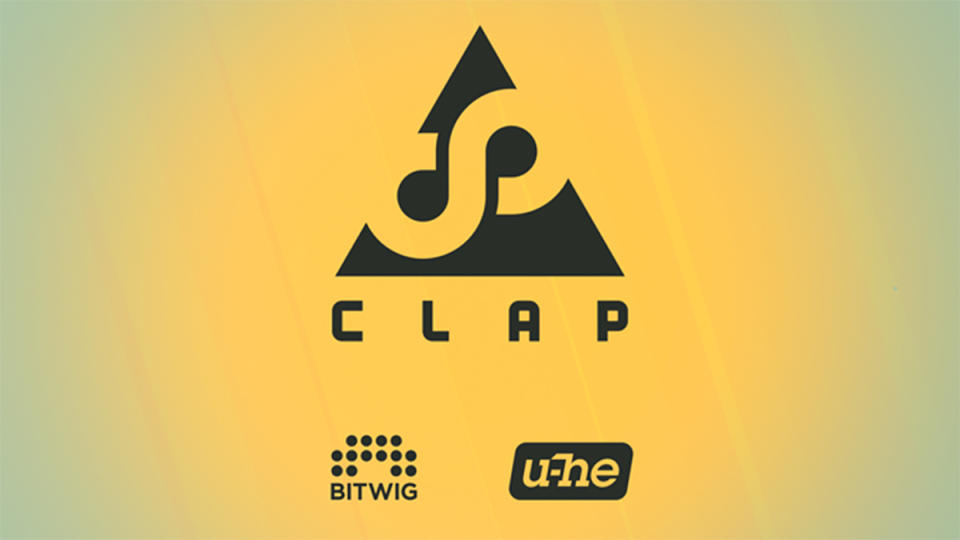
Bitwig and u-he announce new CLAP plugin standard: is the writing on the wall for VST and AU?
So you’ve got the first decade behind you – but how do you see Bitwig developing over the next ten years, and what do you foresee as being the biggest shifts for music producers in that time?
Dom: “We’ll continue trying to keep true to the founding philosophy behind it and taking development step-by-step. Also, we’ll be looking at what people are doing, how things have shifted. We’ll keep an eye on what new technologies emerge, how people are making music and how earning money with music has changed. It will evolve with the world around it. But as always, we don’t announce features until they are ready. We won’t reveal anything.”
Placidus: “Even for the features we release in ten years’ time?”
Dom: “Even those!”
Placidus: “We’re creating the tool that people use to create music, so of course we’re in touch with a lot of people who are creating music. “
Mea: “We want to keep it exciting both for us and for our community, the next ten years are very exciting.”

